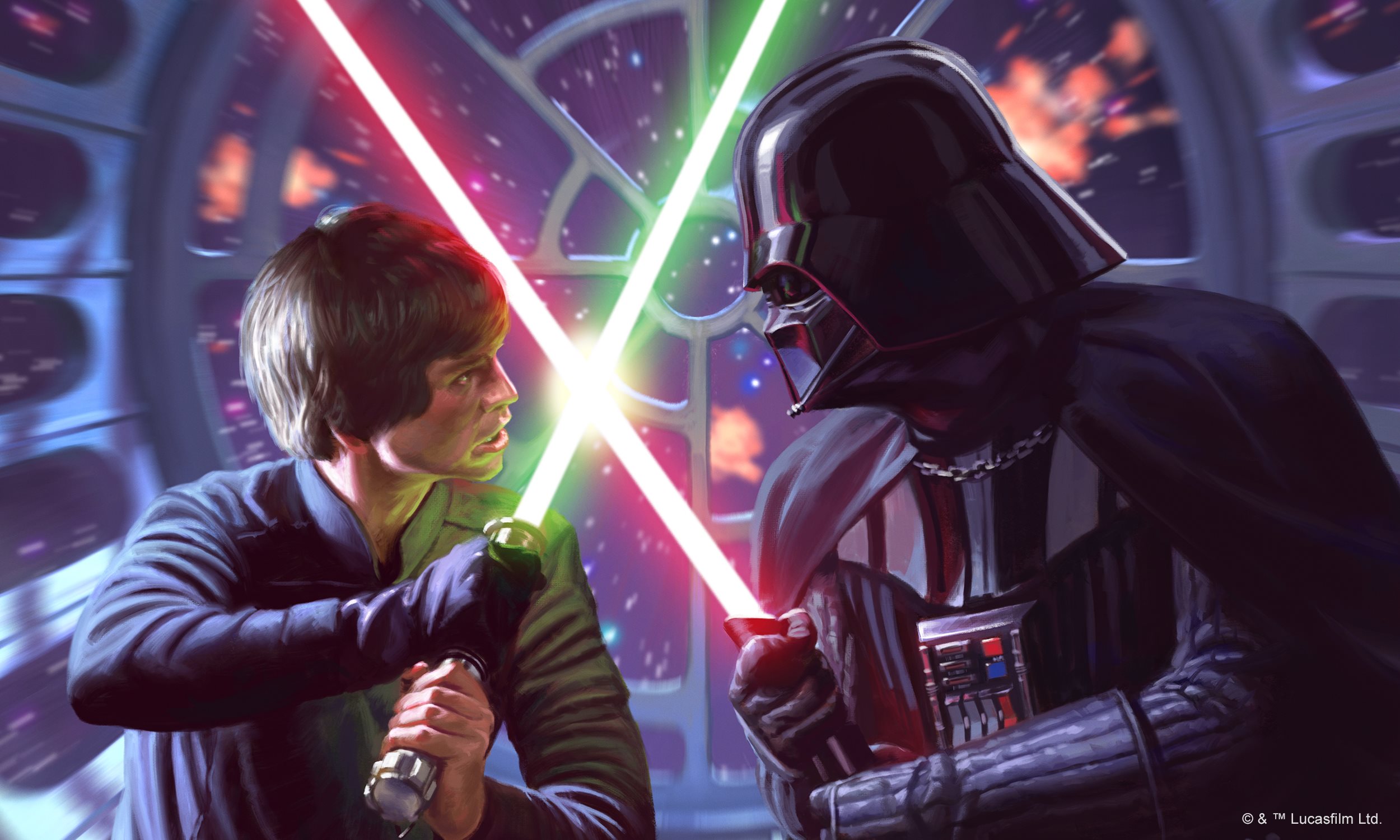-
- Some services are not accessible on smartphone
- Open a session
- My Account
- Customer Service
-
Products
-
Pre-orders
Pre-orders
- Featured Pre-orders
- All Pre-orders
- 2025 - Week 12 (Mar 17)
- 2025 - Week 10 (Mar. 3)
- 2025 - Week 9 (Feb. 24)
- 2025 - Week 8 (Feb 17.)
- 2025 - Week 6 (Feb. 3)
- 2025 - Week 5 (Jan. 27)
- 2025 - Week 4 (Jan. 20)
- 2025 - Week 3 (Jan. 13)
- 2025 - Week 2 (Jan 6)
- 2024 - Week 51 (Dec. 16)
- 2024 - Week 50 (Dec. 9)
- 2024 - Week 49 (Dec. 2)
- 2024 - Week 48 (Nov. 25)
- 2024 - Week 47 (Nov. 18)
- 2024 - Week 46 (Nov. 11)
- 2024 - Week 45 (Nov. 4)
- 2024 - Week 44 (Oct. 28)
- 2024 - Week 43 (Oct. 21)
- 2024 - Week 42 (Oct. 14)
- 2024 - Week 41 (Oct. 7)
- 2024 - Week 40 (Sept. 30)
- 2024 - Week 39 (Sept. 23)
- 2024 - Week 38 (Sept. 16)
- 2024 - Week 37 (Sept. 9)
- 2024 - Week 36 (Sept. 2)
- 2024 - Week 35 (Aug. 26)
- 2024 - Week 34 (Aug. 19)
- 2024 - Week 33 (Aug. 12)
- 2024 - Week 32 (Aug. 5)
- 2024 - Week 31 (July 29)
- New Releases
- Fantasy Flight
- Board Games
- Miniature Board Games
- Tabletop Miniatures
- Collectible Card Games
- Books
- Puzzles
- Roleplaying Games
- Accessories
- Clearance
- Displays
- Decor
- Toys
- Plushies
- All
-
Pre-orders
-
Accessories
- Publishers
- New Releases
- Pre-orders
- Magic Deals
- Clearance
- Contact Us
- FAQ
- Application Request
Building Conflict
Article written by FFG and reproduced here with permission - Jan. 27, 2023
Check Out Some Designer Insights to Star Wars™: The Deckbuilding Game!
In just a couple short months, Star Wars™: The Deckbuilding Game will hit store shelves. As we rapidly approach the game’s release, we’d like to take a moment to share with you all some insights from the game’s designer, Caleb Grace.
Take it away, Caleb!
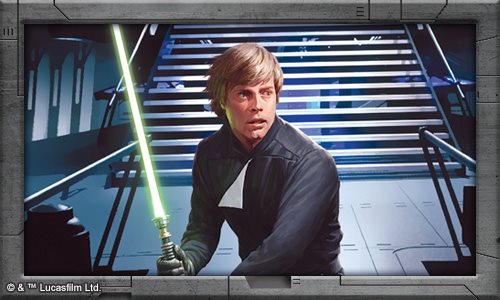
Caleb Grace Shares His Thoughts
I still can’t believe I got to design Star Wars™: The Deckbuilding Game!. I love Star Wars, and I love deckbuilding games, so the whole endeavor was a dream come true. I got the idea when I realized no one had ever published a Star Wars deckbuilding game. Given FFG’s great relationship with Lucasfilm, I thought we had an incredible opportunity.
I brought this idea to our Executive Game Designer, Nate French, right around the time he was introducing his “design sprint” initiative. The purpose of his initiative was to give employees at FFG the opportunity to explore exciting ideas and develop their design skills. And that was exactly what I wanted to do with my Star Wars deckbuilding idea. Thankfully, Nate was also excited about the idea. He asked me to write a short pitch to get approval for the design sprint.
The pitch was only three paragraphs, but it encompassed everything that the final game would become. Upon revisiting the original pitch in preparation for this article, I was a little surprised at how precise it is. It outlined all the essential elements of what would become Star Wars™: The Deckbuilding Game!.
Here were the main points:
- Easy to learn, fast-paced deckbuilding game.
- Head-to-head competition between Rebel Alliance and Galactic Empire.
- Players win by destroying their opponent’s base.
- Players cannot purchase cards belonging to their opponent’s faction, but they can discard them from the galaxy row by attacking them.
- Some cards provide a Force value that can move the balance of the Force to your side, boosting some card abilities.
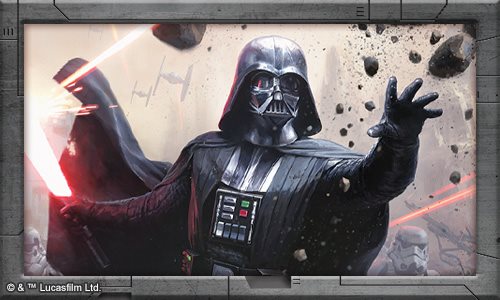
For the rest of this design journal, I will walk us through each of those elements to discuss how they are implemented in Star Wars: The Deckbuilding Game.
For starters, I wanted to make a game that was easy for players to get to the table. I have a lot of great games in my collection at home that rarely ever get played because of how long they take to set up. When you’re a busy person like me, you simply can’t afford to spend an hour setting up a game or learning to play. That’s why I wanted to make a game that anyone could set up and learn in a matter of minutes. That meant keeping the rules of the game fairly simple and relying on card abilities to create the kind of strategic depth that I enjoy in card games.
The next point on my list was the first one that connected Star Wars: The Deckbuilding Game directly to its source material, and that was the decision to make it a competitive game between an Empire player and a Rebel player. As someone who grew up watching the original Star Wars trilogy, this was the conflict I wanted to bring to life through my game. The opposing factions are so clearly defined in those films, that designing their cards used as much intuition as imagination.
The Empire rules the galaxy through the might of their Imperial Navy and faceless legions, so their cards focus on controlling the galaxy row and overwhelming the enemy’s defenses with sheer numbers. The Rebels on the other hand rely on heroic leaders and daring raids to win their fight for freedom, so their strategy revolves around recruiting unique characters and discarding cards from their opponent’s hand. This makes playing each faction a unique and fulfilling experience.
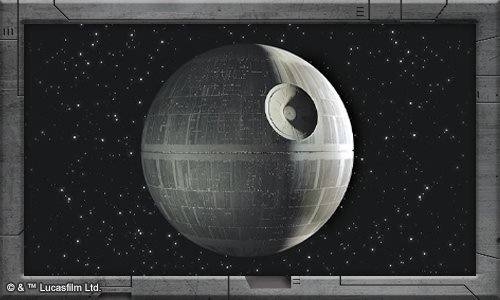
The third point on my list brings us to an essential question: “How do you win Star Wars: The Deckbuilding Game?” To answer that question, I had to ask myself another one: “What is the central conflict in Star Wars?” There are obviously a lot of good answers to that query, but the last thirty minutes of Star Wars: A New Hope™ are what inspired me. The Rebels want to destroy the Empire base before the Empire destroys theirs. The tension throughout the last act of Star Wars: A New Hope created some of the greatest cinema of all time, and I wanted my game to evoke those feelings too.
My original pitch only mentioned destroying one opponent’s base, but as I started developing the game, I realized that would be a mistake. In the original Star Wars trilogy, the Rebels establish a new base on Hoth after their headquarters on Yavin IV was discovered, and the Empire establishes an outpost on Endor after the first Death Star was destroyed. Thinking about this made me realize that players should have the opportunity to choose a new base after their first one was destroyed. That idea got me thinking about how bases could be an answer to a common problem in deckbuilding games – the snowball effect.
For those who aren’t familiar, the snowball effect can happen in a deckbuilding game when one player is able to purchase a really good card on their first turn, and that card allows them to purchase even better cards on subsequent turns. Before long, their deck is much stronger than their opponent’s and the outcome is inevitable. When this happens, players lose interest and the game stops being fun. Bases in Star Wars: The Deckbuilding Game help counteract this phenomenon with their powerful abilities.
When your base is destroyed by your opponent, it is not immediately replaced. Instead, you wait until the beginning of your next turn to choose your new base from the cards in your base deck. This prevents your opponent from being able to destroy more than one base per turn, and it gives you a chance to boost your strategy by selecting the base that best suits your needs. This makes base destruction an exciting event for both players, because one player is closer to winning and the other player gets to activate a powerful ability.
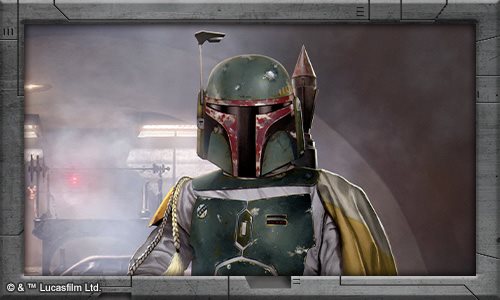
The fourth point on my list came out of a commitment to making Star Wars: The Deckbuilding Game as thematic as possible. I didn’t want the Rebel player to purchase Empire cards or vice versa because that might take players out of the story. This restriction created an interesting design question: What do you do if the galaxy row is full of enemy cards that you can’t buy? The challenge of staying on theme by keeping the factions separate ended up driving me deeper into Star Wars lore with the answer: allow players to bounty hunt / sabotage enemy cards from the galaxy row!
If I am playing as the Empire and the galaxy row is full of Rebel cards, that could be frustrating, except that every Rebel unit in the row has a target value on it. These values are conveniently orientated to face me as the Empire player while the rest of the card faces the Rebel player. Using the information facing me, I can attack that card in the galaxy row. If I commit enough attack to meet an enemy unit’s target value, I will discard that card from the row and replace it with the top card of the galaxy deck. This is called “bounty hunting” when playing as the Empire and “sabotage” when you are the Rebels.
Bounty hunting / sabotaging an enemy unit not only refreshes the galaxy row, but also denies my opponent the opportunity to purchase that unit. To make it even sweeter, each unit has a reward next to its target value. If I defeat a target in the row, I gain the reward in addition to discarding the card. The reward might grant me enough resources to purchase a card in the row, turning disadvantage into advantage. The decision of when to attack enemy units in the row versus attacking my opponent’s base is a big part of what makes Star Wars: The Deckbuilding Game game so thematic and fun to play.
The last item on my list is something quintessential to Star Wars, and of course that is the Force. I knew Star Wars: The Deckbuilding Game needed to include the Force as a third value found on cards in addition to resources and attack. But while resources would be used to purchase cards, and attack would be used to destroy your opponent’s base, I wasn’t sure how the Force would work.
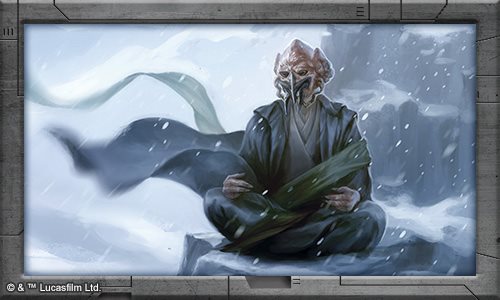
At first, I imagined each player would have their own Force track that started at zero and was capped at ten. As players gained or lost Force, they would adjust the value on their track. Players could determine if the Force was with them by comparing values on their Force tracks. If the Force was with you, it would power up some of your card abilities and swing the game in your favor. This sounded fun in theory, but constantly comparing Force values proved to be tedious and interrupted the flow of the game.
Fortunately, I work with a lot of inspired people at FFG, and my coworker, Tony Fanchi, suggested merging the two Force tracks into a single Balance of the Force track shared between both players. This way, as players gain Force, they simply move the Force marker toward their side of the track. If the Force is in any of the three spaces on your side of the track, then the Force is with you. Now you can tell if Force dependent card effects are active just by glancing at the Balance of the Force track.
With all these ideas clear in my mind, I was able to create a playable prototype by the end of my five-day design sprint. That’s when Nate and I sat down to play Star Wars: The Deckbuilding Game for the first time. The galaxy deck wasn’t yet a full ninety cards and my hand-written text was barely legible, but we still had a great time. We purchased ships, sabotaged units, used the Force, and blew up bases. Afterwards, Nate recommended we continue to develop the game with the goal of getting it onto our release schedule, which it did! And I can’t wait for it to hit stores in March so everyone can join in the fun.

